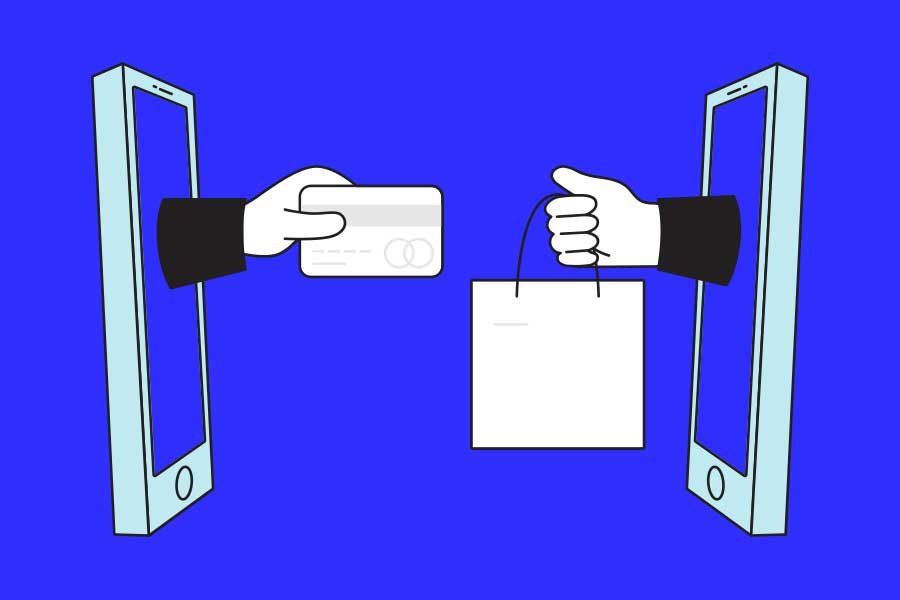Are you looking to increase your ecommerce sales and customer base? Then it’s time to consider an ecommerce referral program! Not only are these programs an effective way to generate new business, but they can also create loyal customers who continue to bring in sales over time. But where do you begin? Don’t worry, we’ve got you covered.
In this article, we’ll walk you through the best tips and practices for creating a successful ecommerce referral program, to help you create a program that both attracts new customers and rewards your loyal ones. Let’s get started!
What is an ecommerce referral program?
An ecommerce referral program, also known as a refer-a-friend program, incentivizes current customers to refer their friends to your ecommerce business. It typically involves giving a reward or discount to the referring customer and the referred friend upon purchase.
Benefits of ecommerce referral programs
There are many benefits to having a referral program for your ecommerce business.
For one, it can help you acquire new customers at a lower cost compared to other marketing strategies. It’s also a low-risk investment, as after you pay once for the software, you’ll only pay when your customers help you make a sale. That’s in contrast to methods like ads, where you pay before you see results.
Plus, referral marketing relies on word-of-mouth, which is often more trustworthy and effective in driving conversions. People tend to trust the word of their friends far more than they trust ads and other messages your brand puts out.
Additionally, a referral program can help increase customer engagement, as it shows your customers that you value their support and are willing to reward them for it.
And the friends that customers bring to you aren’t just more likely to buy your products – they’re also 18% more likely to repeatedly purchase from you. So, referral programs are great at cultivating loyal customers.
Before you start an ecommerce referral program
Before starting a referral program, ecommerce brands need to have awesome products that people want to tell their friends about, and a stellar track record of customer service that makes them worth recommending.
Your brand should also have a clear understanding of your target audience and their buying behavior. It is important to know what motivates customers to make a purchase and refer a friend to the brand.
Finally, ecommerce brands should have a well-established and user-friendly website or app, along with a seamless checkout process, to ensure the best possible customer experience for both the referrer and the referred customer.
What do you need for a successful ecommerce referral program?
Here’s what you’ll need to do to design a high-converting ecommerce referral program:
- Determine what rewards you will offer for successful referrals
- Decide how you will track and award referrals (in other words, what software tool you’ll use)
- Consider how you will promote your program to your customers
- Create clear and simple rules and terms for your program
- Use the power of social media in your program
1. Choose the right rewards
When it comes to referral programs, selecting the right reward is crucial. The reward you selectshould be enticing enough to motivate customers to refer their friends, but also financially feasible for your business. For ecommerce brands, it’s best to tie the reward back to your business to encourage continued loyalty. Consider offering discounts, free products, or store credit as rewards.
It’s best to offer benefits for both the referrer and the friend being referred. For example, the referrer may receive credits towards their next purchase with you, while the friend gets free shipping on their first order. This is known as a double-sided reward, and is effective because it motivates existing customers to refer and new customers to make their first purchase.
And once the referrals start rolling in, you’ll need to promptly deliver these rewards to keep customers engaged and motivated to continue spreading the word about your business.
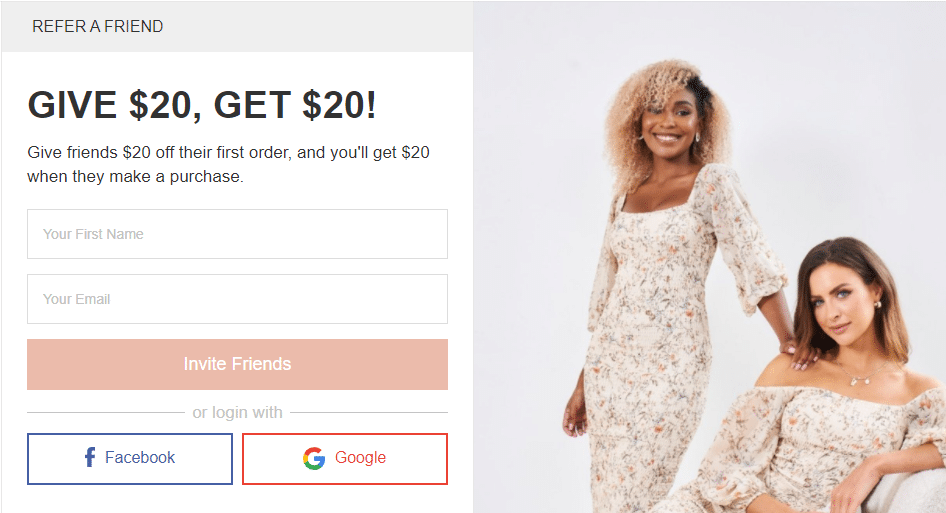
2. Select the right referral software
Referral software is essential for tracking the referrals your customers make, sending out rewards in a timely manner, and keeping customers engaged with your program.
Ecommerce brands should look for a referral software that offers seamless integration with their existing ecommerce platform (say, Shopify, WooCommerce or BigCommerce), allowing for easy implementation and tracking of referrals.
An effective referral software should also provide customizable reward options, such as discounts, free products, or exclusive perks for both the referrer and the referred customer.
Additionally, ecommerce brands should consider a referral software that incorporates social sharing capabilities, making it easy for customers to share their referral link on their social media platforms and increase the potential reach of the program.
3. Promote your program
Another important aspect of a successful referral program is promoting it to your customers. Use various channels such as social media, email marketing, and your website to make customers aware of the program and incentivize them to refer their friends.
One effective way to promote your referral program is through social media platforms. Share eye-catching graphics and messages that clearly communicate the benefits of referring a friend, along with a link to the referral page.
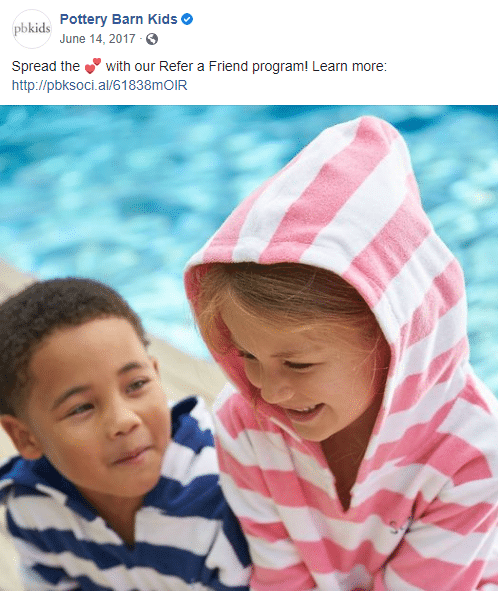
Email marketing is another powerful tool to reach out to your customers about the program. Send a personalized email to existing customers, thanking them for their business and encouraging them to refer their friends. Include a direct link to the referral program page to make it easy for them to participate.
It’s best to segment your email list and send tailored messages to each group. Even if you decide to send the same message to all customers at different times, it’s best to time emails strategically for different segments.
For instance, you might send emails right after a purchase, or send emails to everyone who has purchased from you within the last three months. An effective subject line and clear call-to-action can boost your referral program participation.
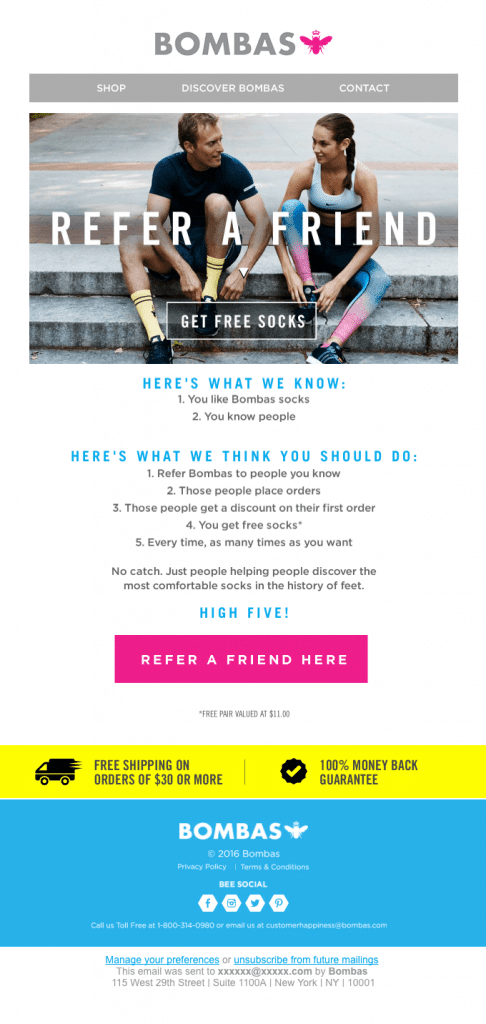
Don’t forget to promote your referral program on your website as well. Place a prominent banner or popup on your homepage or checkout page that encourages customers to refer their friends. Use eye-catching visuals and clear language that explains the benefits of referring a friend. This will increase the visibility of your program and motivate customers to participate.

Remember, the key to a successful referral program is to make it easy for your customers to participate, and to incentivize them with a reward that they find valuable. Promoting your program effectively will encourage more customers to participate, resulting in more referrals and ultimately more sales for your ecommerce business.
4. Make sharing easy
Make it easy for customers to participate in the program by providing clear instructions on how to refer friends and track their progress, and by making the referral process itself seamless.
On your program page, open with a clear call to action that tells customers exactly what you want them to do (share!) and what rewards are on offer. Follow that up with program copy: keep that copy short and to the point, use persuasive language, and highlight the benefits of the referral program.
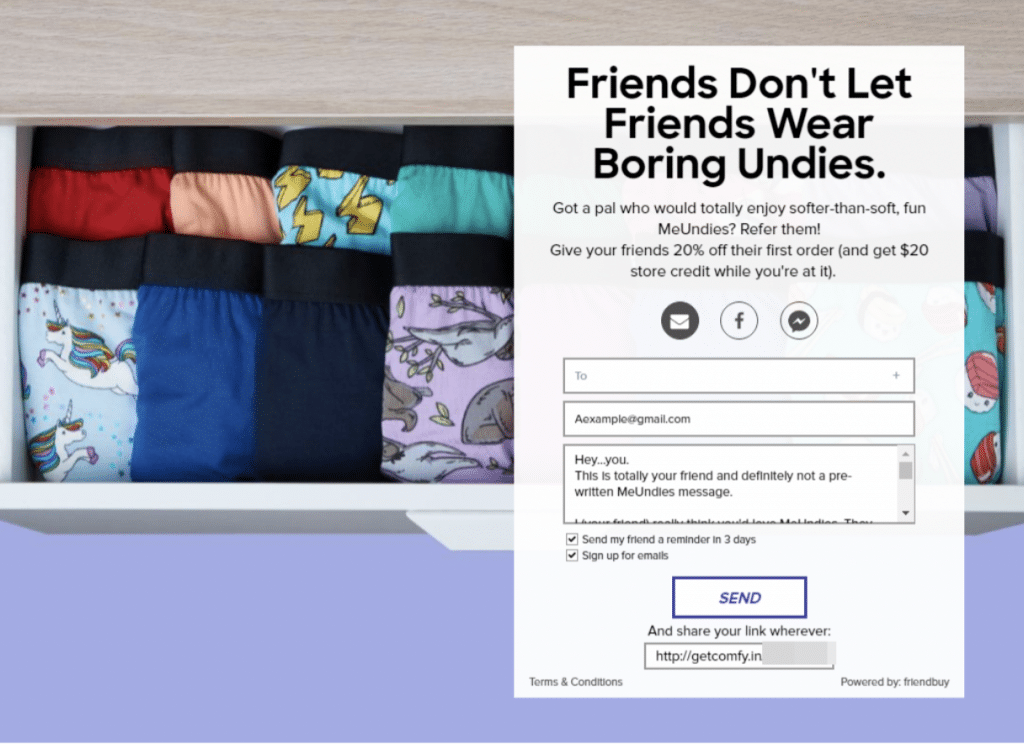
When customers are ready to refer, here are some ways to make the referral process easy for your ecommerce customers:
- Provide pre-written referral messages that customers can easily share with their friends through email, social media, or messenger apps.
- Let customers copy and share a unique referral link with their friends. This link automatically applies the discount or reward to the referred friend’s purchase, reducing friction in the referral process.
- Offer multiple sharing options and platforms that cater to your customers’ preferences and habits, such as Facebook, Twitter, WhatsApp, and SMS.
5. Use social media to your advantage
A crucial aspect of your referral program should involve prioritizing social media. Given the prevalence of social platforms, it’s the primary method for individuals to share enthusiasm and recommendations with others. People naturally share what they love with friends on social media, so it’s important to tap into this natural inclination.
Additionally, leveraging social media referrals grants substantial outreach potential, since many people regularly engage with social media. One social media referral can reach hundreds or even thousands of people at once, depending on how many followers a customer has. That’s very different from other methods that personally reach one friend at a time.
And since these referrals are so easily shared among friends and acquaintances, this paves the way for potential for viral growth. Your customers’ friends may end up sharing your products with their own friends, potentially kicking off a viral cycle that grows exponentially.
6. Track your program’s performance
Remember to track the success of your ecommerce referral program and make adjustments as needed. Use data to determine which rewards and promotions are most effective and which referral channels are driving the most new customers to your business.
Tracking the right metrics can help ecommerce businesses evaluate the success of their referral program and identify areas for improvement. Here are some metrics that ecommerce businesses should track when running a referral program:
Referral Rate: This metric measures the percentage of customers who participate in the referral program. To calculate this percentage, divide the number of customers who complete a referral by the total number of customers.
Conversion Rate: This metric measures the percentage of referred customers who complete a purchase. To calculate this percentage, divide the number of referred customers who make a purchase by the total number of referred customers.
Average Order Value (AOV): This metric measures the average amount spent per order by referred customers. Tracking AOV can help businesses identify the effectiveness of their referral program in attracting high-spending customers.
Lifetime Value (LTV): This metric measures the total amount of revenue generated by referred customers over their lifetime interaction with a business. Tracking LTV can help businesses determine the long-term success of their referral program.
Cost per Acquisition (CPA): This metric measures the total cost of acquiring a new customer through the referral program. This includes the cost of rewards, marketing efforts, and any other expenses associated with the program.
Mistakes to avoid when running an ecommerce referral program
While referral programs can be a great way to attract new customers and incentivize your loyal fan base, brands should be mindful of common mistakes that can hinder the success of the program:
- Offering irrelevant or unappealing rewards: Your rewards should be attractive and relevant to your customer base. A car wash voucher, for example, might not motivate your customers if you sell dressy fashion.
- Making it difficult to join or refer: If your sign-up button or referral link is hard to find, people won’t bother. Make it simple and easy to join and share.
- Not promoting the program enough: Don’t assume your customers will actively look for a referral program. Promote it on social media, email campaigns, and on your website.
- Ignoring analytics: Don’t forget to track the performance of your program. This data can help you optimize rewards, messaging, and overall strategy to improve success rates.
- Using the manual approach instead of trusting software: Referral software makes it much easier to design your program and track referrals.
By avoiding these mistakes and creating a straightforward, attractive and easy-to-use referral program, you can increase your brand’s customer base and loyalty, all while being conscious of your budget.
Ecommerce referral program examples
Outdoor Voices
Outdoor Voices uses a double-sided reward: both the referring customer and the referred customer receive $20 in store credit when the referred customer makes their first purchase. These double-sided rewards are awesome because they motivate both existing customers to refer and new customers to buy from their brand.
Once customers enter their email, they receive a referral link that they can share with friends anywhere they’d like. This referral program is simple to use and effective in motivating conversions.
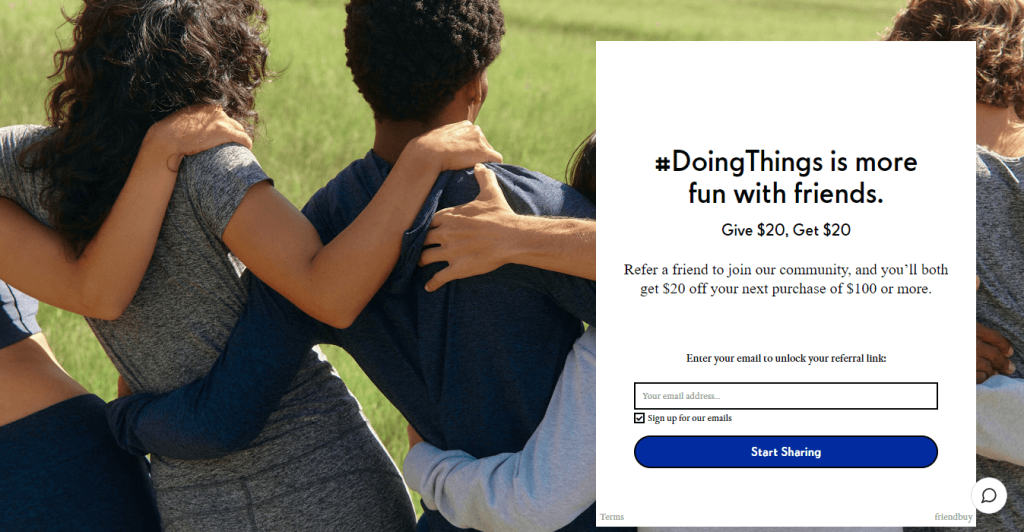
Omsom
“Give $5, Get $5:” rewards don’t get any simpler than that. Omsom knows how effective an enticing headline and double-sided reward can be, as customers love getting a discount and helping their friends get a deal. The referral process is also super easy: all customers need to do is enter their email and then refer as many friends as they want.
We also appreciate the imagery that draws in the eye and copy that focuses on community. The picture of meals customers can make with Omsom leaves them eager for more, while the copy “Share the Omsom Love” draws on their values of inclusivity and creating connections.
Omsom also makes their referral program super easy to access by placing it in their website’s footer menu. This easy access encourages customers to check out the program and start sending their referral links.
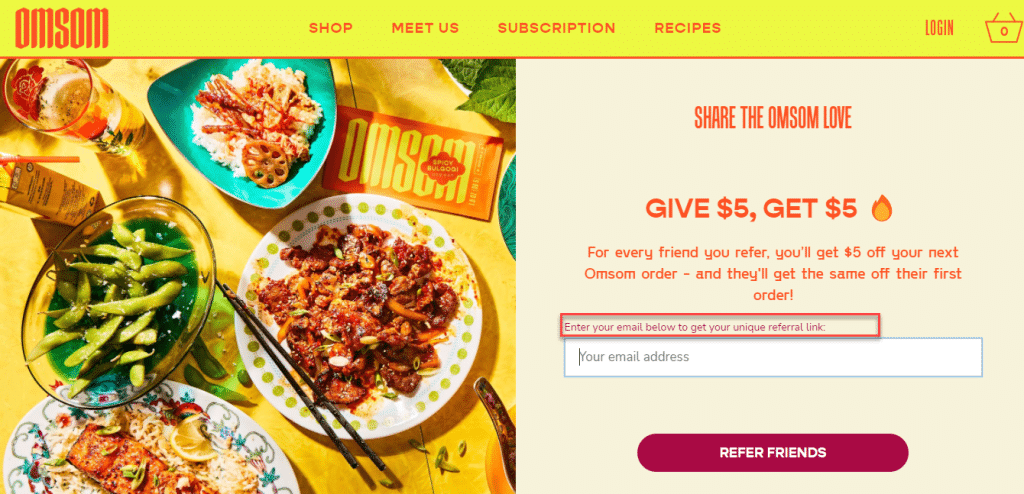
Lokai
You’re probably noticing a pattern here: Lokai also uses a double-sided reward. But this time, the reward is a discount of 20% off for both the referrer and friend. What stands out most here is that Lokai uses a referral pop-up to invite customers to share with friends right after they make a purchase. Asking for referrals right after checkout (on the thank you page) is a great strategy, since customers are excited about receiving their Lokai bracelets, would welcome a discount on a future order, and are especially likely to let people know they’ve purchased an awesome product.
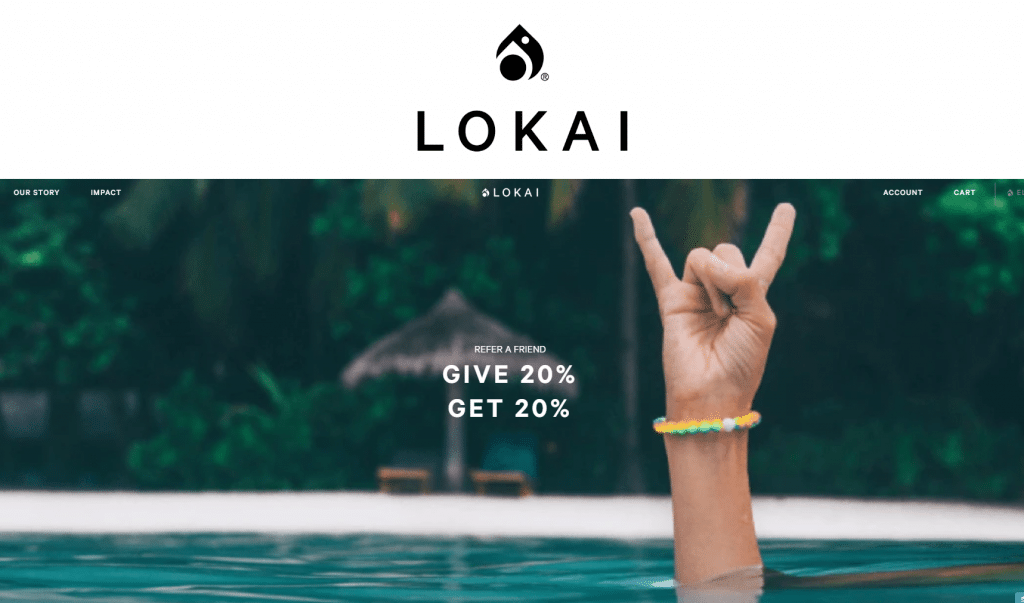
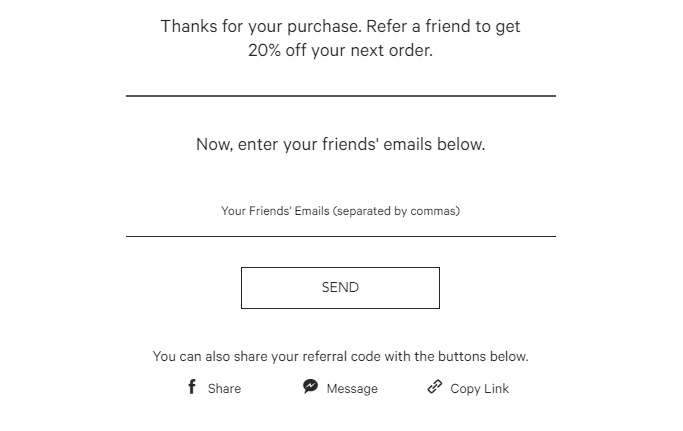
Wrapping up
An ecommerce referral program is an awesome way for your brand to generate new business, by mobilizing your existing customers and fans. If you choose to start one, be sure to offer enticing rewards for both referrer and friend, make sharing easy, use social sharing to your advantage, and promote your program on a variety of channels.
Most importantly, you’ll need to select the right referral program software for your needs. Our epic guide to referral software can help you make the right decision.
